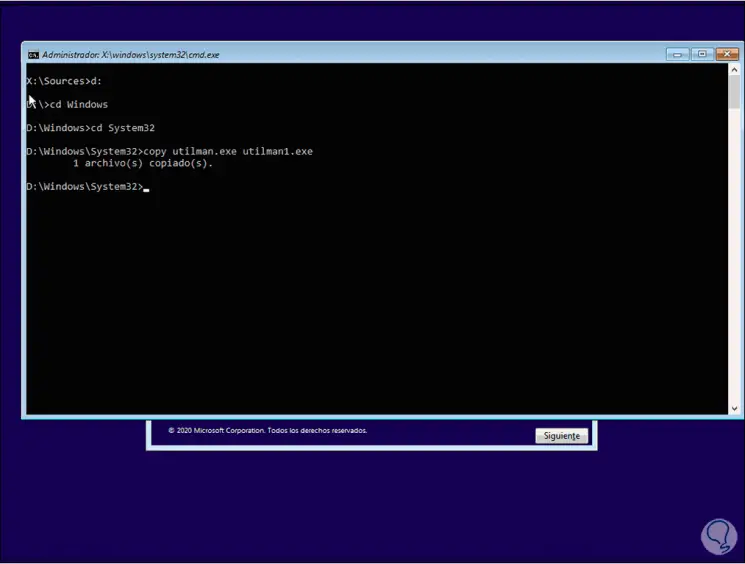

DOS COMMANDS WINDOWS 10 DELETE WINDOWS 7
Certain commands may require administrative access on Windows 7 or Vista. To access the command-line interface: Windows 7 or Vista: Click Start, type cmd, and then press Enter. They are useful on older DOS systems and in the command-line interface on modern Windows systems.

The clean command removes any and all partition or volume formatting from the disk with focus. The following is a list of useful DOS commands, with explanations. List allowed secondary servers for the specified zoneĭnscmd %server /zoneinfo %ip%.in-addr. You can use the clean or clean all Diskpart command options to erase (wipe) a disk leaving it unallocated and not initialized. List primary reverse lookup zones from a DNS serverĭnscmd %server% /EnumZones /secondary /reverse Wmic /namespace:\\root\microsoftdns /node:%server% path MicrosoftDNS_Zoneįind DNS Forwarder information from dnscmd outputįor %b in (DNS*.txt) do /f "skip=2 delims=" %i in ('"find /i /N "Forwarders:" %b"') do /f "skip=2 delims=" %m in ('"find /i /N "Command completed successfully." %b"') do /f %p in ('set /a %m-%i') do echo tail -%p %b Query for the zones hosted on a Microsoft DNS server Reg query "\\%Computer%\HKEY_LOCAL_MACHINE\software\policies\microsoft\Windows NT\DNSClient" /v SearchList Nslookup -type=srv _ldap._tcp.dc._msdcs.įor /f %i in ('dsquery server -domain %userdnsdomain% -o rdn') do dnscmd %i /infoįor /f %i in ('dsquery server -o rdn') do Dsquery * -s %i domainroot -filter (objectCategory=dnsZone)įor /f %i in ('dsquery server -o rdn') do dnscmd %i /enumzonesĭnscmd %dnsserver% /recordadd %zone% %relative_name% A %ip%įind aging records from an enumerated zoneįind /i "aging:" DNS_all.txt > DNS_aging.txtĭNS Scavenging check, based on the output of aging records from dnscmd.exeĬscript f /f:DNS_aging.txtĭsquery * DC=,CN=MicrosoftDNS,cn=System,dc=ĭetermine the DNS suffix search list set through policy for a computer Wmic /namespace:\\root\microsoftdns /node:%server% path MicrosoftDNS_ResourceRecord WHERE ContainerName='%zone_name%'ĭsquery * "cn=NetServices,cn=Services,cn=Configuration, DC=forestRootDomain" -attr dhcpServersĭnscmd /enumrecords /additional /continue > DNS_all.txt
DOS COMMANDS WINDOWS 10 DELETE HOW TO
Here is how to copy recursively files and folders in cmd with the xcopy command. Alternatively, type the command as del /F c:usersthispcdesktopfilename to force delete the file if it is read-only.In this case, you’ll enter del plus your the /F parameter, the file’s location, and the filename, which would look something like this: del /F c:adminthispcdesktopdeletethis. To conclude, the del /s recursive option is the fastest and easiest way to delete a bunch of Windows files. Query zone resource records on a Microsoft DNS server To force the deletion with no prompt at all use the delete quiet mode. Dnscmd %server% /recorddelete %zone% A %IP%ĭsquery * "DC=ForestDNSZones,dc=forestRootDomainĭnscmd %server% /recordadd %zone% %AliasName% CNAME %HostnameAliasing%


 0 kommentar(er)
0 kommentar(er)
